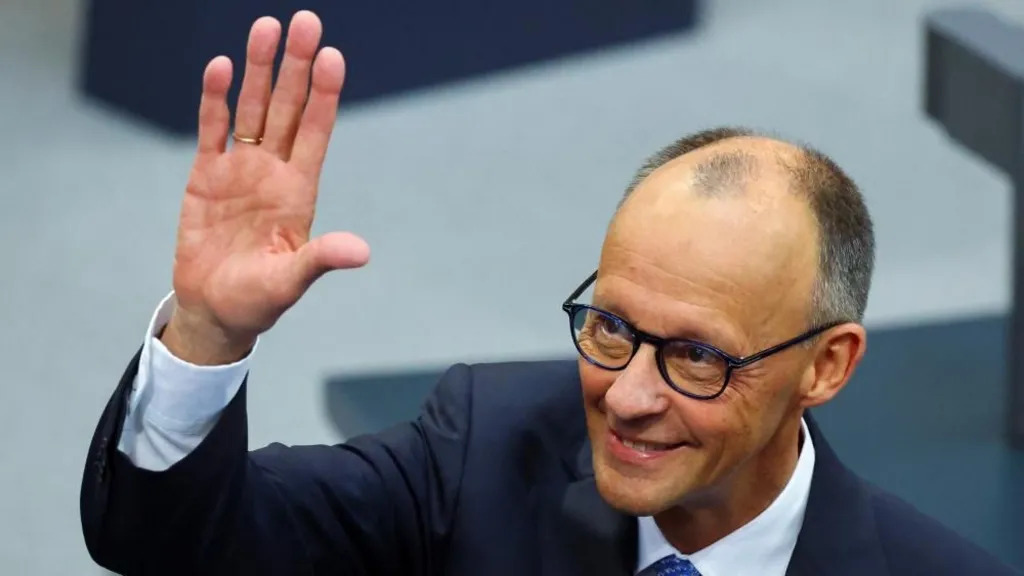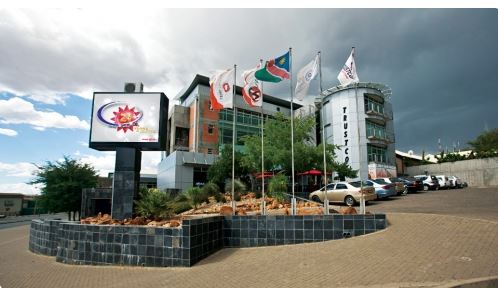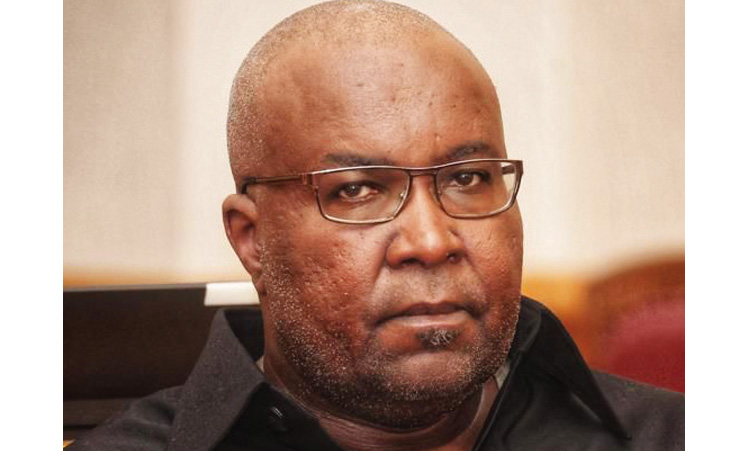NAMIBIA’S road infrastructure is faced with serious financial shortfalls, which require prompt action or the current situation could jeopardise the implementation of the country’s NDP III and Vision 2030.
This was said at an annual stakeholders’ dinner held by the Road Fund Administration (RFA) and the Roads Authority (RA) in Windhoek on Friday evening in an effort to map out challenges hampering the country’s road infrastructure sector. Speaking at the occasion, Finance Minister Saara Kuugongelwa-Amadhila said although the sector takes up the bulk of the additional funds raised through borrowing, millions of dollars were still needed to rescue the sector that is deteriorating at a fast pace.The minister argued that the Government, being the custodian of public infrastructure, embraces its responsibility fully to ensure increased financing for the sector.Thus, during the current Medium-Term Expenditure Framework (MTEF), an amount of N$1,8 billion has been apportioned to the sector from Government’s own resources.”In our case, this challenge is compounded by the vastness of our country that further increases the cost of infrastructure development and maintenance,” she argued.Kuugongelwa-Amadhila said the magnitude of the budget shortfalls for the transport infrastructure cannot be fully met from Government budget alone, therefore, all Namibians must be prepared to embrace the cost sharing for the financing of the transport infrastructure.She, therefore, called for a coordinated effort in search of innovative ways to fund the sector.On his part, the Acting Permanent Secretary of Ministry of Works, Transport and Communication, Elia Akwaake, said the country’s road network is mostly maintained from the RFA revenue that proceeds from the charges of the mass distance, cross boarder, foreign mass distance, licence fees and fuel levies.But this is not sufficient enough to maintain the country road network of the total length of 43 944 kilometres.”These funds are not enough to cover the national road network maintenance needs as it was intended.The main reason is the under collection due to the inability of adjusting these in line with the inflation and maintenance needs of the country’s road infrastructure,” he said.If the current situation continues, both Kuugongelwa-Amadhila and Akwaake argued that Namibia’s road infrastructure that is hailed as one of the best on the continent will be something of the past.”One may feel that by increasing the fuel levy or other road user charges will negatively affect the economic situation of road users.However, we need to understand that a bad road has a multiple effects.Vehicle owners would have to buy more spare parts and tires as a result of the bad road,” said Akwaake.The Namibian national road network consists of 5 822 kilometres of tarred roads, 24 262 kilometres of gravel roads, 11 966 kilometres of earth roads, 220 kilometres of salt roads and 1 674 proclaimed routes.- NampaSpeaking at the occasion, Finance Minister Saara Kuugongelwa-Amadhila said although the sector takes up the bulk of the additional funds raised through borrowing, millions of dollars were still needed to rescue the sector that is deteriorating at a fast pace.The minister argued that the Government, being the custodian of public infrastructure, embraces its responsibility fully to ensure increased financing for the sector.Thus, during the current Medium-Term Expenditure Framework (MTEF), an amount of N$1,8 billion has been apportioned to the sector from Government’s own resources.”In our case, this challenge is compounded by the vastness of our country that further increases the cost of infrastructure development and maintenance,” she argued.Kuugongelwa-Amadhila said the magnitude of the budget shortfalls for the transport infrastructure cannot be fully met from Government budget alone, therefore, all Namibians must be prepared to embrace the cost sharing for the financing of the transport infrastructure.She, therefore, called for a coordinated effort in search of innovative ways to fund the sector.On his part, the Acting Permanent Secretary of Ministry of Works, Transport and Communication, Elia Akwaake, said the country’s road network is mostly maintained from the RFA revenue that proceeds from the charges of the mass distance, cross boarder, foreign mass distance, licence fees and fuel levies.But this is not sufficient enough to maintain the country road network of the total length of 43 944 kilometres.”These funds are not enough to cover the national road network maintenance needs as it was intended.The main reason is the under collection due to the inability of adjusting these in line with the inflation and maintenance needs of the country’s road infrastructure,” he said.If the current situation continues, both Kuugongelwa-Amadhila and Akwaake argued that Namibia’s road infrastructure that is hailed as one of the best on the continent will be something of the past.”One may feel that by increasing the fuel levy or other road user charges will negatively affect the economic situation of road users.However, we need to understand that a bad road has a multiple effects.Vehicle owners would have to buy more spare parts and tires as a result of the bad road,” said Akwaake.The Namibian national road network consists of 5 822 kilometres of tarred roads, 24 262 kilometres of gravel roads, 11 966 kilometres of earth roads, 220 kilometres of salt roads and 1 674 proclaimed routes.- Nampa
Stay informed with The Namibian – your source for credible journalism. Get in-depth reporting and opinions for
only N$85 a month. Invest in journalism, invest in democracy –
Subscribe Now!










